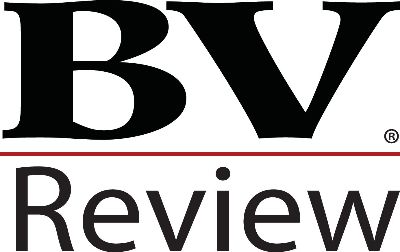Stock-for-Stock Mergers: An Empirical Study of Fairness Determinations in Fairness Opinions
This study asks which valuation approaches and analyses are currently being used as the foundation for fairness opinions in stock-for-stock mergers involving US companies. An examination of the SEC's EDGAR database for the years 2009 through 2014 identified 146 proxy statements for stock-for-stock mergers containing 290 fairness opinions and descriptions of the approaches, methods, and analyses employed. We found that most opinions employed more than one approach, and that opinion providers (primarily investment bankers) determined the fairness of stock-for-stock mergers by considering relative analyses as well as customary valuation approaches. More than 90% of the fairness opinions utilized the two traditional ways to quantify going-concern value: the income and market approaches. In addition, more than 90% used one or more relative analyses. Relative analyses, which assess the relative fairness of the exchange ratios in a stock-for-stock merger, are applicable only when target shareholders continue to own an equity interest in the surviving company. Inputs used in the income approach and multiples used in the market approach were reviewed. Also, fees charged for public fairness opinions were examined.

Premiums Paid in Relation to Percentage to Be Owned by Target's Shareholders

Opinion Fee as a Percentage of Equity Value of Target Company (No Advisory Fee)

Opinion Fee as Percentage of Equity Value of Target Company (Opinion Fees as Part of Advisory Fee)

